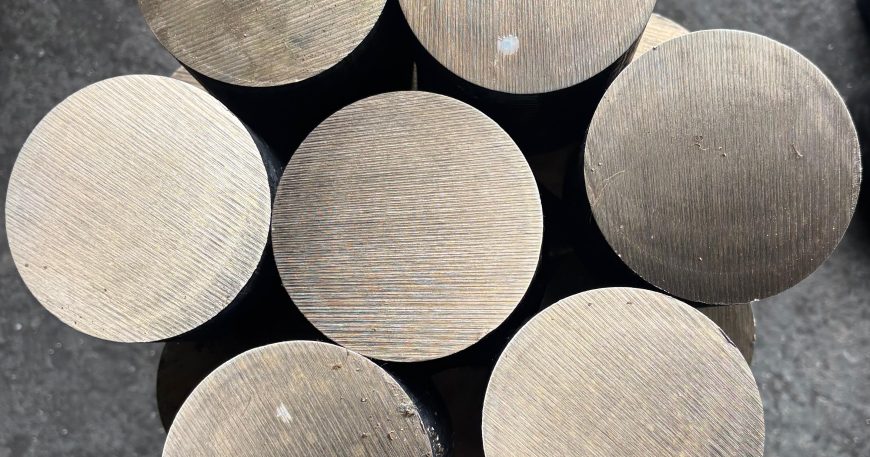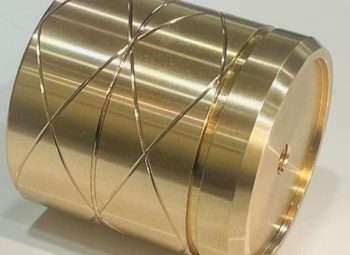Bismuth bronze is a modern and historical copper alloy that has gained prominence as a lead-free alternative to traditional leaded bronze. It is primarily composed of copper and tin, with the key addition of bismuth.
Composition
The composition of bismuth bronze can vary depending on the specific application, but it typically contains:
- Copper (Cu): 70-90%
- Tin (Sn): 10-20%
- Bismuth (Bi): 1-6% (though some may contain up to 18%)
Other elements, such as zinc and nickel, may also be added in small quantities to further tailor the properties of the alloy. The bismuth content is particularly important because, like lead, it is insoluble in copper and forms discrete micro-globules within the alloy’s grain boundaries. These globules act as a solid lubricant, which is a key reason for its desirable properties.
Key Properties
The properties of bismuth bronze make it a versatile material, especially in applications where lead is a concern.
- Lead-Free: This is its most significant advantage. With increasing environmental and health regulations, bismuth bronze serves as a safe and compliant replacement for leaded bronze in things like plumbing and drinking water systems.
- Machinability: The presence of bismuth improves the alloy’s machinability. The bismuth particles act as chip breakers, allowing for easier cutting and shaping during manufacturing.
- Corrosion Resistance: Bismuth bronze is highly resistant to corrosion, making it suitable for use in harsh environments, including marine and plumbing applications.
- Lubricity: The soft bismuth particles at the grain boundaries provide a low-shear, solid lubricant effect, which makes the material ideal for parts that experience heavy wear, such as bearings and bushings.
- Casting: The addition of bismuth lowers the melting point of the alloy, which improves its castability and allows for the creation of intricate shapes.
Applications
Bismuth bronze has a wide range of applications, both historically and in modern industry.
- Bearings and Bushings: The high lubricity and wear resistance make it a popular choice for mechanical components like bearings and bushings in tribological systems.
- Plumbing and Fittings: Its lead-free nature, corrosion resistance,and good castability have made it a go-to material for faucets, pipe fittings, and other plumbing components, especially those that come into contact with potable water.
- Automotive Components: It is used as a surface layer on various automotive and mechanical parts that are subject to heavy wear, such as hydraulic piston pumps.
- Historical Uses: The earliest known use of bismuth bronze dates back to the Inca civilization, where it was found in ceremonial knives from Machu Picchu. In the late 19th and early 20th centuries, it was also used in mirrors, kitchenware, and even piano wires.





